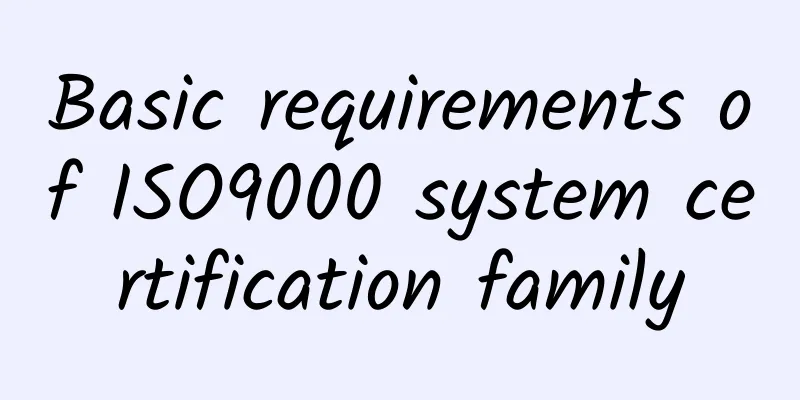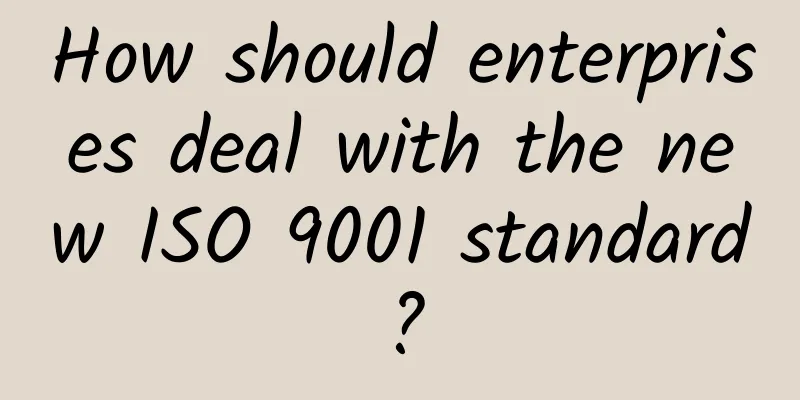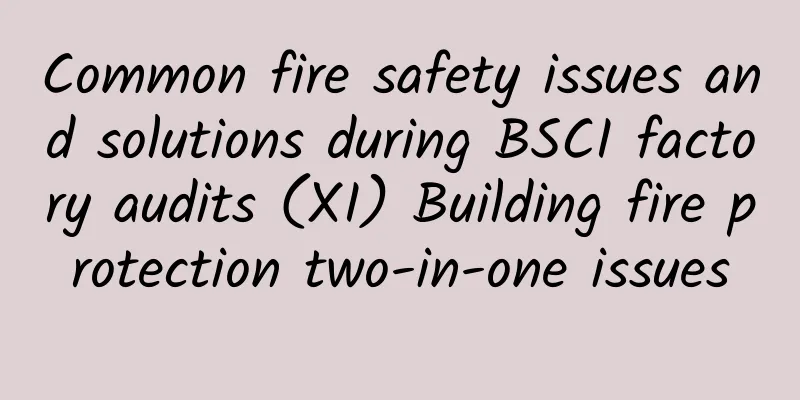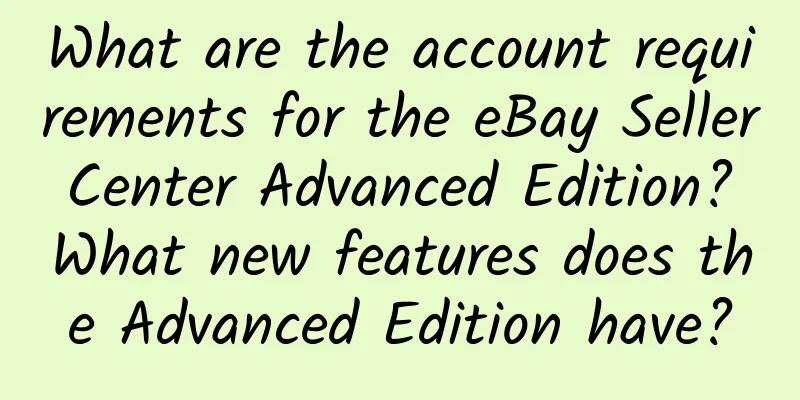|
Product quality is the key to the survival of an enterprise. There are many factors that affect product quality. Simply relying on inspection is just picking out qualified products from the products produced. This makes it impossible to continuously and stably produce qualified products at the best cost.
The quality system established and implemented by an organization should be able to meet the quality objectives set by the organization. Ensure that the technical, management and human factors that affect product quality are under control. Whether it is hardware, software, process materials or services, all controls should be aimed at reducing and eliminating non-conformities, especially preventing non-conformities. This is the basic guiding ideology of the ISO9000 family, which is specifically reflected in the following aspects:
1. Control the quality of all processes.
The ISO9000 family of standards is based on the understanding that "all work is done through processes". The quality management of an organization is achieved through the management of various processes within the organization. This is the theoretical basis of the ISO9000 family on quality management. When an organization plans a quality system in order to implement a quality system, the first thing is to determine which processes should be included based on the specific situation of the organization, and then analyze the quality activities that need to be carried out in each process, and determine the effective control measures and methods that should be taken.
2. The starting point of the control process is to prevent non-conformities.
At all stages of the product life cycle, the control of all processes from the initial identification of market demand to the final satisfaction of requirements reflects the idea of prevention first. For example:
---Control the quality of market research and marketing, develop new products based on accurate market demand, and prevent blind development from causing unsaleable products that are not suitable for market needs, wasting manpower and material resources. ---Control the quality of the design process. Through design review, design verification, design confirmation and other activities, ensure that the design output meets the input requirements and that the product meets the needs of users. Prevent inherent substandard and defects in product quality or losses in subsequent processes due to design quality problems.
---Control the quality of procurement. Select qualified suppliers and control their supply quality to ensure that the raw materials, purchased parts, and collaborative parts required for product production meet the specified quality requirements, and prevent the use of unqualified purchased products from affecting the quality of finished products.
---Control the quality of the production process. Determine and implement appropriate production methods, use appropriate equipment , maintain the normal working capacity of the equipment and the required working environment , control the parameters and personnel skills that affect the quality, ensure that the manufacturing meets the quality requirements specified in the design, and prevent the production of defective products.
---Control inspection and testing. Carry out incoming inspection, process inspection and finished product inspection according to the quality plan and documented procedures to ensure that product quality meets requirements, prevent unqualified purchased products from being put into production, prevent unqualified process products from being transferred to the next process, and prevent unqualified finished products from being delivered to customers.
---Control handling, storage, packaging, protection and delivery. Take effective measures to protect products from damage and deterioration in all these links.
---Control the quality of inspection, measurement and experimental equipment, ensure the use of qualified inspection means for inspection and testing, ensure the validity of inspection and test results, and prevent incorrect judgment of product quality due to unqualified inspection means.
---Control documents and information to ensure that the documents and information used in all locations are current and valid, and prevent the use of outdated or obsolete documents, which may cause non-conformity of products or quality system elements.
---Corrective and preventive measures. When non-conformity (including product or quality system) or customer complaints occur, the cause should be identified and corrective measures should be taken to prevent the problem from recurring. Potential problems should also be proactively discovered through analysis of various quality information to prevent them from occurring, thereby improving product quality.
--- Training for all staff. Provide training to all staff members who have an impact on quality to ensure that they are competent for their jobs and to prevent product or quality system failures due to lack of knowledge or skills.
3. The central task of quality management is to establish and implement a documented quality system.
Quality management operates in the entire quality system, so the implementation of quality management must establish a quality system. The ISO9000 family believes that the quality system is an influential system with strong operability and inspection. It requires that the quality system established by an organization should be documented and maintained. The composition of typical quality system documents is divided into three levels, namely, quality manual, quality system procedures and other quality documents. The quality manual is a document that describes the quality system according to the quality policy stipulated by the organization and the applicable ISO9000 family standards. The quality manual can include quality system procedures, and can also indicate where the quality system procedures are stipulated. The quality system procedures are to control the quality of each process and stipulate effective measures and methods for how to carry out various quality activities. They are documents used by relevant functional departments. Other quality documents include work instructions, reports, forms, etc., which are more detailed work documents used by workers. The basic requirements for the content of quality system documents are: what should be done should be written, what is written should be done, and the results of doing should be recorded, that is, write what is needed, do what is written, and record what is done.
4. Continuous quality improvement:
Quality improvement is an important element of the quality system. The GB/T19004.1 standard stipulates that when implementing a quality system, the managers of the organization should ensure that its quality system can promote and facilitate continuous quality improvement. Quality improvement includes product quality improvement and work quality improvement. Striving to satisfy customers and achieving continuous quality improvement should be the eternal goal pursued by managers at all levels of the organization. A quality system without quality improvement can only maintain quality. Quality improvement aims to improve quality. Quality improvement is achieved through process improvement, which is a goal of pursuing higher process benefits and efficiency.
5. An effective quality system should meet the needs and interests of both customers and the organization.
That is, for customers, the organization needs to be able to deliver the expected quality and maintain the quality continuously; for the organization, it needs to achieve and maintain the expected quality at an appropriate cost in terms of operation. That is, it satisfies the needs and expectations of customers and protects the interests of the organization.
6. Regularly evaluate the quality system.
Its purpose is to ensure that the implementation of various quality activities and their results are in line with the planned arrangements and to ensure the continued suitability and effectiveness of the quality system. When evaluating, the following three basic questions must be asked for each process being evaluated:
A. Is the process identified? Are process procedures appropriately documented?
B. Is the process fully developed and implemented as per document requirements?
C. Is the process effective in delivering the expected results?
7. The key to good quality management lies in leadership. -- The top management of an organization should do the following five things in terms of quality management:
A. Determine the quality policy. The quality policy, including quality objectives and commitment to quality, shall be determined by the management responsible for implementation.
B. Determine the responsibilities and authority of each position.
C. Allocate resources, including financial resources, material resources (including human resources).
D. Appoint a management representative to be responsible for the quality system.
E. Responsible for management review to ensure the continued suitability and effectiveness of the quality system.
Looking back at history, the ISO9000 family of standards originated from the progress of science and the development of technology. Looking forward to the future, the development of high-tech needs the guidance of the ISO9000 family of standards. The application of mature ISO9000 series standards in the field of science and technology provides endless impetus for the progress of science and technology. |










